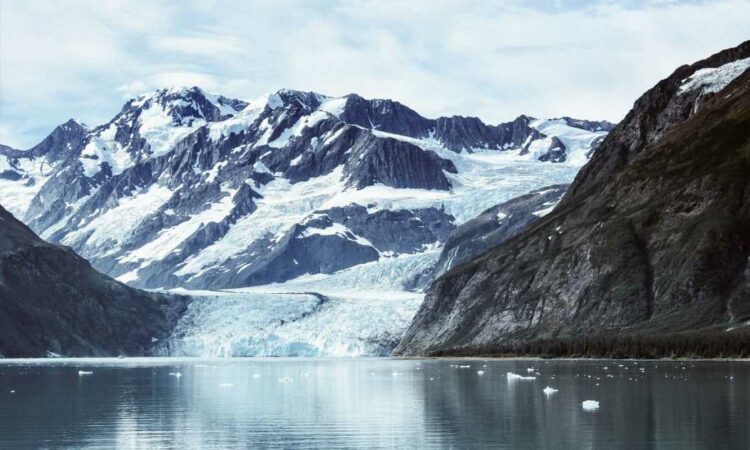Canada will extend the cruise ban it put in place last March as part of a continued response to the coronavirus, dealing a significant blow to this year’s Alaska cruise season. The policy is “essential to continue to protect the most vulnerable among our communities and avoid overwhelming our health care systems,” said Omar Alghabra, Canada’s Minister of Transport, in a statement. “This is the right and responsible thing to do.”
The safety measure applies to all cruise ships carrying more than 100 people, and it remains in place through February 2022—effectively canceling the summer Alaska cruise season, which runs from late April through September, for the second year in a row. The Cruise Lines International Association, the leading industry trade group, said in a statement that it was “surprised by the length of the extension,” and hopes to “revisit this timeline and demonstrate our ability to address COVID-19 in a cruise setting with science-backed measures, as CLIA members are doing in Europe and parts of Asia where cruising has resumed on a limited basis,” said Charlie Ball, the chair of CLIA’s Northwest and Canada division, in the statement.
To reach Alaska by cruise, ships have to sail through Canadian waters. Further complicating things, the U.S. Jones Act, also known as the Passenger Services Act, requires foreign-flagged ships to stop at a foreign port between two American ports—so a stop in Canada is necessary on Alaska sailings. Because the vast majority of cruise ships are foreign-flagged, the ban affects all but a few of planned Alaska sailings through February of next year. (It also affects New England coastal cruises for the same reasons.)
U.S.-flagged ships designed to carry fewer passengers are exempt from the law, so there will still be cruises to Alaska—just on a drastically smaller scale. American Cruise Lines, which is U.S. flagged, built, crewed, and owned, will still operate three Alaska itineraries this year between May and September, as well as five New England itineraries; a spokesperson said there is still availability on sailings in both destinations. UnCruise Adventures, which also operates small ship sailings, similarly announced that it is not affected by the ban, and shows several Alaska trips, from seven- to 14-night sailings, with availability from April through September on its website. Others that are exempt are Norwegian Cruise Line’s Pride of America ship, and sailings by Alaskan Dream Cruises.
For Alaska’s ports, and the state’s greater tourism-dependent ecosystem, it’s another tough blow after a promising 2020 season devolved into huge economic loss. CLIA, in its statement, pointed to new protocols and safety measures that the industry has adopted in response to the pandemic, including mandatory testing for passengers and crew prior to embarkation, mandatory quarantine for crew before they meet guests, expanded medical capabilities onboard, social distancing and mask-wearing requirements, and new ventilation systems that demonstrate the industry is far better equipped to handle the pandemic than it was a year ago.
There seems to be hope among the industry that the ban’s terms could change—after all, a year remains before it expires. For its part, CLIA seems confident the discussion isn’t over. “We stand ready to work with Canadian health and transportation officials to operationalize a path forward,” Ball said.
We’re reporting on how COVID-19 impacts travel on a daily basis. Find our latest coronavirus coverage here, or visit our complete guide to COVID-19 and travel.
Source: Read Full Article

